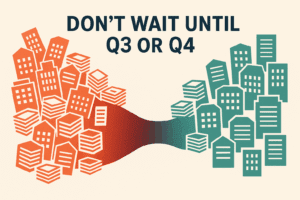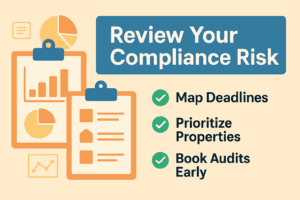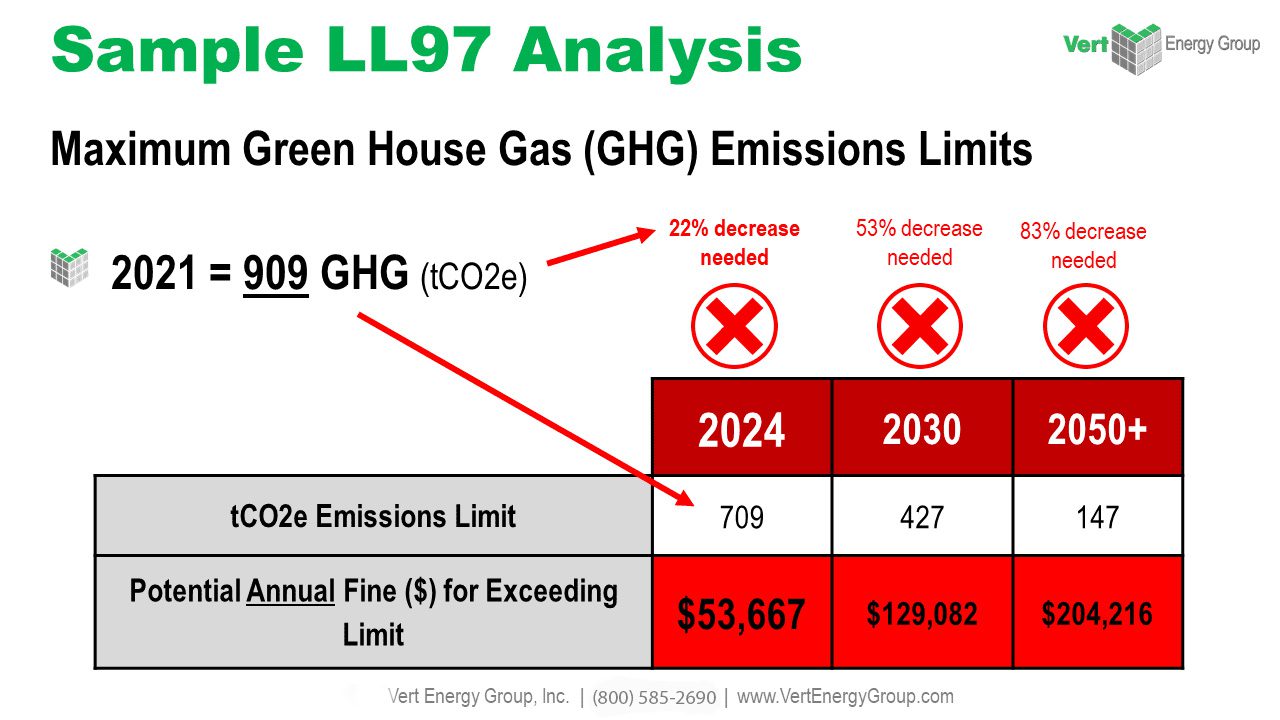Introduction
Energy audits serve as essential tools in urban planning, aimed at improving building sustainability and operational efficiency. These audits assess energy usage within buildings, proposing solutions to enhance energy conservation and reduce costs. In the context of increasing environmental challenges, cities like San Francisco and San Jose have taken proactive steps by implementing stringent energy audit regulations. This blog explores the latest developments in these regulations, providing a detailed comparison of the approaches adopted by each city.
Background Information
What is an Energy Audit?

An energy audit is a thorough inspection, survey, and analysis of energy flows within a building, aimed at understanding energy dynamics to optimize efficiency. The process typically involves examining the building’s structure, HVAC systems, lighting, and other energy-consuming elements. Auditors use tools like blower doors, infrared cameras, and energy modeling software to identify areas where energy can be saved and propose cost-effective solutions.
Benefits of Energy Audits
The advantages of conducting energy audits are manifold:
– Economic Savings: By identifying and implementing energy conservation measures, property owners can significantly reduce their utility bills.
– Increased Property Value: Buildings with better energy efficiency ratings often attract higher resale values.
– Environmental Impact: Reduced energy consumption leads to lower carbon emissions, helping mitigate climate change.
– Regulatory Compliance: Adhering to local energy efficiency regulations can avoid potential fines and legal issues.
Why Focus on San Francisco and San Jose?
Significance in California’s Energy Landscape
San Francisco and San Jose are not just major cities in California; they are also leaders in environmental sustainability. These cities have committed to ambitious carbon reduction goals and have implemented pioneering energy policies that influence statewide and national energy strategies.
Commitment to Carbon Reduction and Energy Efficiency
Both cities have set forth aggressive plans to reduce greenhouse gas emissions. San Francisco aims to reach net-zero carbon emissions by 2050, while San Jose has launched its Climate Smart San José plan, which aims to drastically reduce its carbon footprint.
San Francisco’s Recent Energy Audit Regulations
San Francisco has updated its energy efficiency regulations to include more rigorous standards for commercial and large residential buildings. Notably, the Existing Commercial Buildings Energy Performance Ordinance now requires that buildings over 10,000 square feet undergo comprehensive energy audits every five years. These regulations are designed to improve the energy use of buildings, encouraging the adoption of renewable energy and increasing overall energy savings.
Impact on Buildings
The impact on San Francisco’s skyline is significant; older buildings are being retrofitted with modern, energy-efficient technologies, while new constructions are designed to meet higher energy standards from the outset.
City Goals
The city’s environmental agency has set clear targets for energy reduction and sustainability. The goal is not only to reduce citywide energy consumption by 20% but also to foster a market where energy efficiency and sustainability is prioritized.
San Jose’s Recent Energy Audit Regulations
San Jose has taken a slightly different approach by focusing heavily on residential energy efficiency. The city’s Building Energy Saving Ordinance mandates that all residential properties must have an energy audit before sale. This policy is intended to make energy costs transparent to potential buyers and stimulate energy improvements in the residential sector.
Impact on Different Property Types
This regulation impacts the residential market profoundly, equipping homeowners with the knowledge to make informed decisions about energy investments and encouraging energy-efficient upgrades.
Goals and Objectives
San Jose’s objectives are clear: increase overall energy efficiency in the residential sector, promote transparency in real estate transactions, and accelerate the adoption of sustainable home improvements.
Comparative Analysis
Comparing San Francisco and San Jose shows distinct approaches tailored to their unique urban and economic landscapes. San Francisco’s focus is broad, targeting large commercial and residential buildings to maximize impact, while San Jose concentrates on residential energy transparency and efficiency.
Analysis of Incentives
Both cities offer various incentives and rebates to encourage compliance and facilitate the transition to greater energy efficiency. Programs like PG&E’s rebates provide financial assistance for energy-efficient upgrades and renovations.
Challenges and Opportunities
Challenges
Implementing these regulations comes with challenges, including the logistical difficulties of auditing numerous properties and the financial burden on property owners required to upgrade their buildings.
Opportunities
However, these regulations also open up numerous opportunities for growth in the energy services sector, driving demand for energy audit services, sustainable building materials, and energy efficiency consultancy.
Future Outlook
Energy audit regulations in both cities are likely to evolve, potentially expanding to include smaller commercial and residential buildings and incorporating stricter sustainability benchmarks.
Conclusion
San Francisco and San Jose are at the forefront of urban energy efficiency initiatives. Their innovative approaches to energy audit regulations reflect a deep commitment to environmental sustainability and urban development, setting a benchmark for other cities globally. These efforts not only contribute to global environmental goals but also offer a blueprint for integrating sustainability into the fabric of urban environments.
VertPro.com offers tools and services to help property owners and managers improve building energy efficiency and meet regulatory standards. Whether you’re looking for instant pricing on energy audits, need support with benchmark compliance, or want to explore available building upgrade options, VertPro® provides user-friendly technology solutions to simplify the process. Their platform helps ensure adherence to over 60 Energy Benchmarking and Efficiency Laws across the country.
For those looking to improve their property’s energy usage and operational value, VertPro.com provides a diverse array of tools and information. The site aims to facilitate a better understanding of energy efficiency practices and legislation, helping building owners and property managers make informed decisions about their energy strategies while complying with all energy ordinances and laws.
If you’re looking to stay ahead of the curve in building management and ensure your properties meet the future benchmarking laws, we’re here to help. Fill out our contact form here, and one of our experts will get in touch to discuss how we can assist you in optimizing your building management strategies for 2025 and beyond.
















